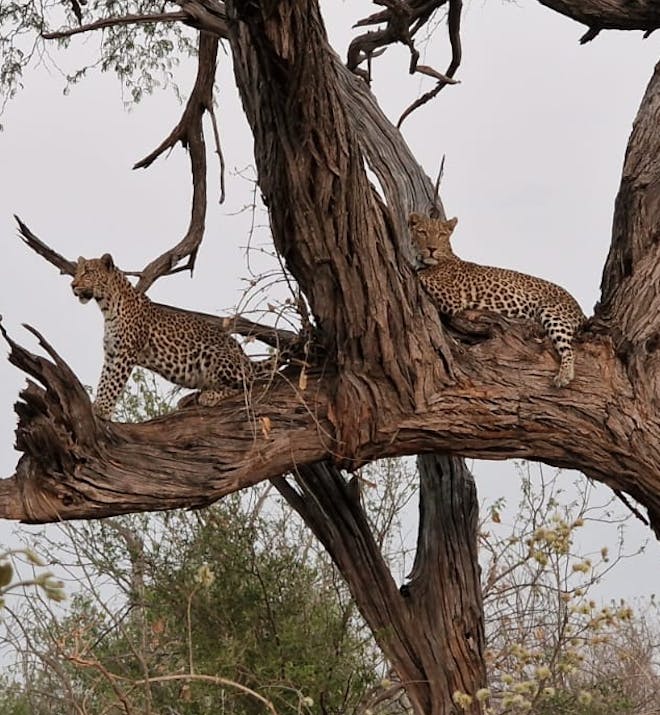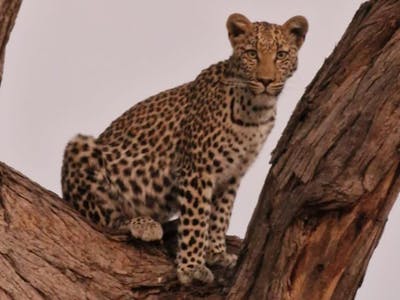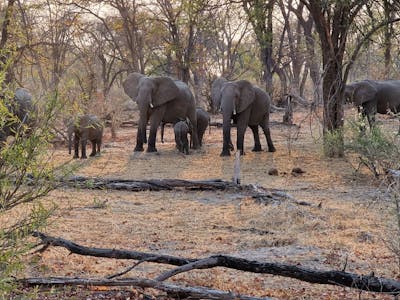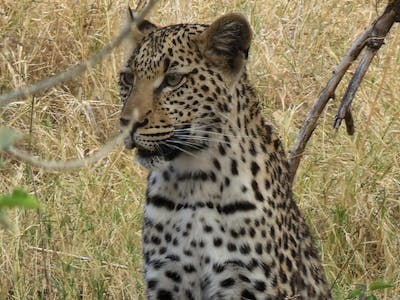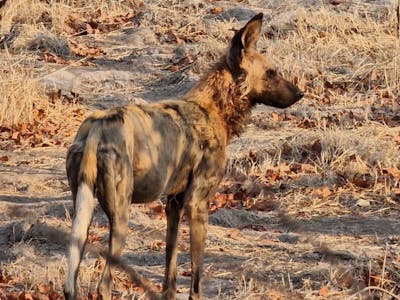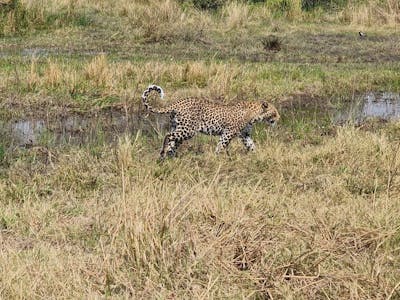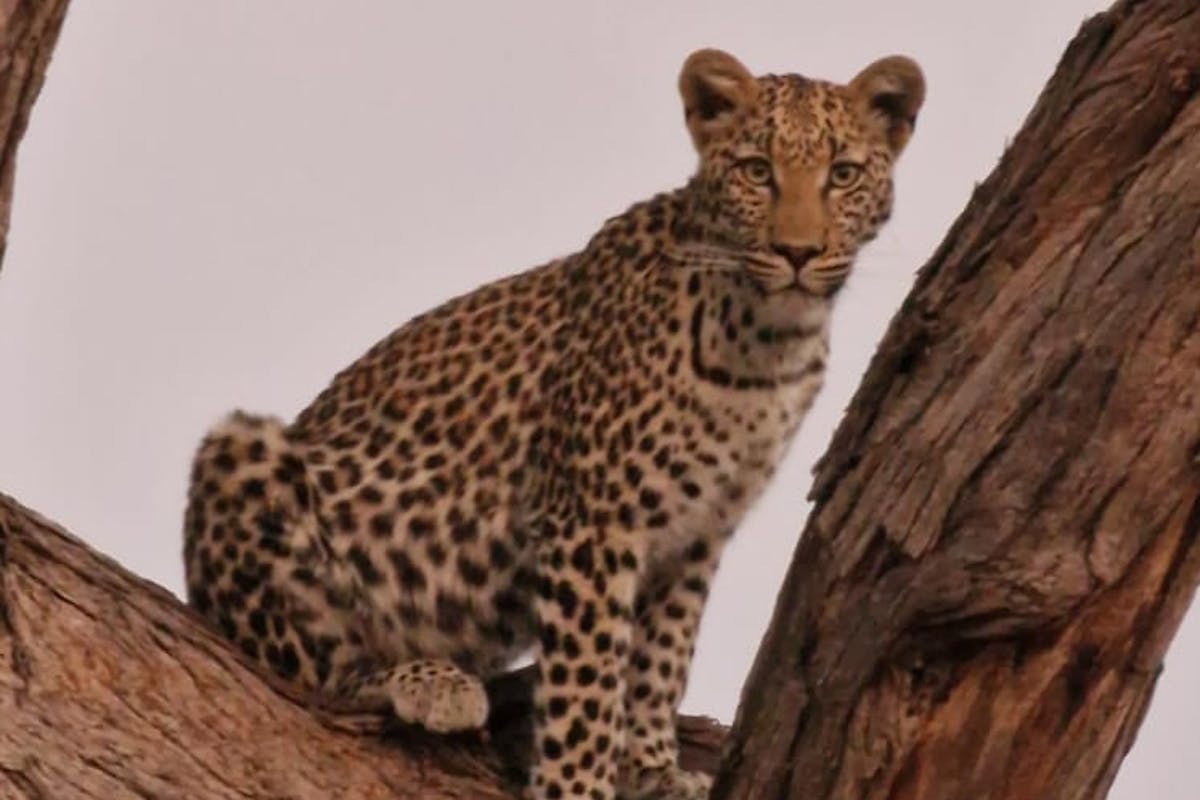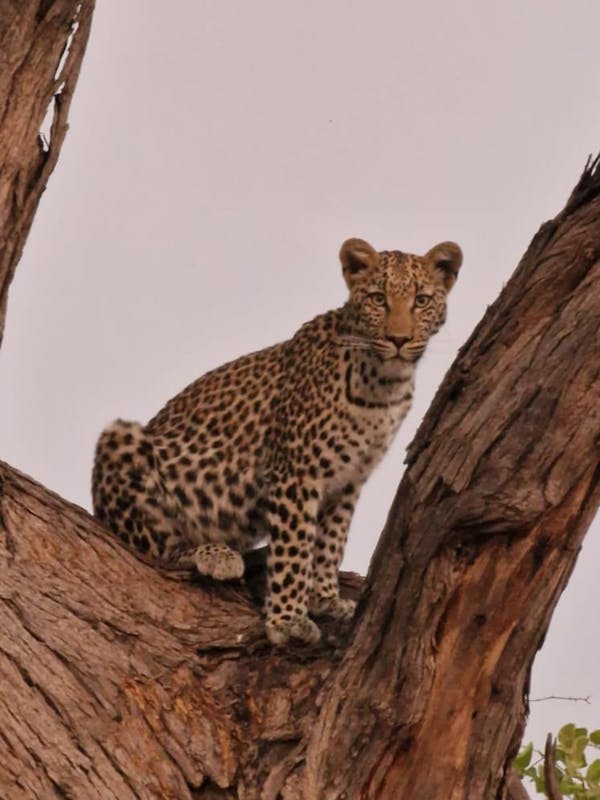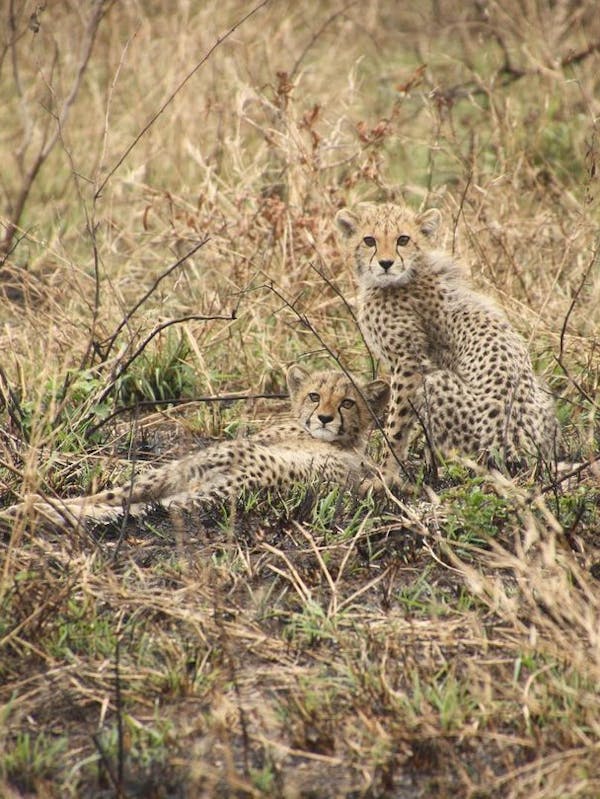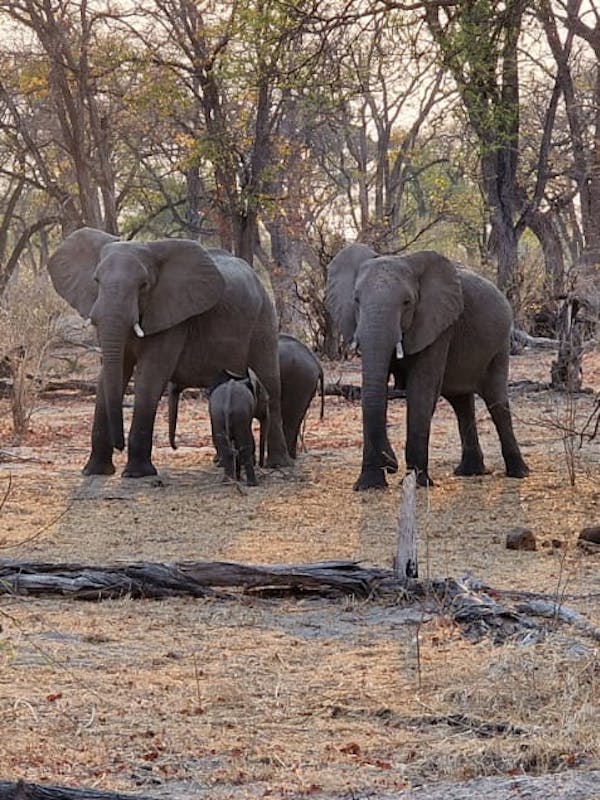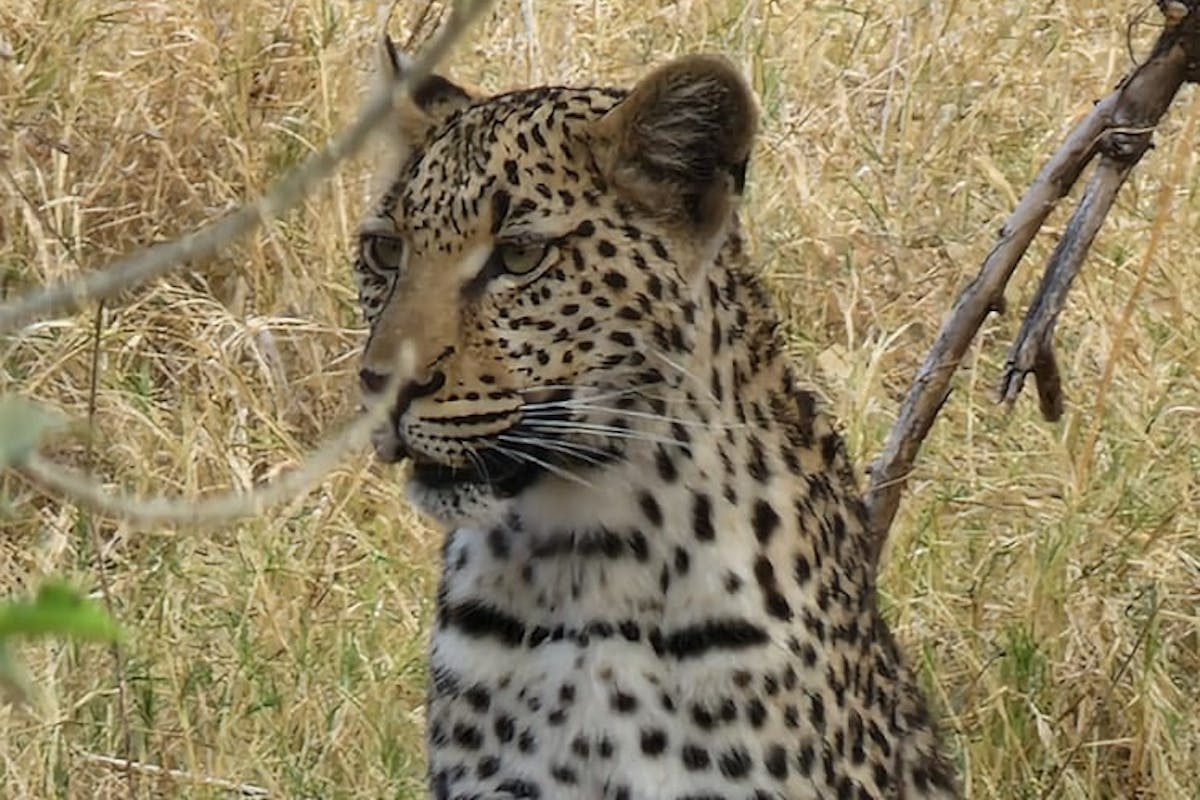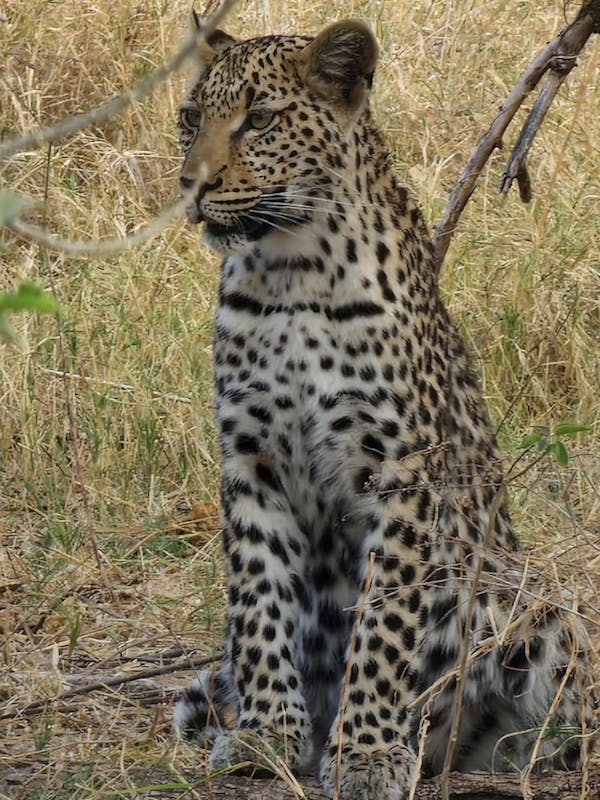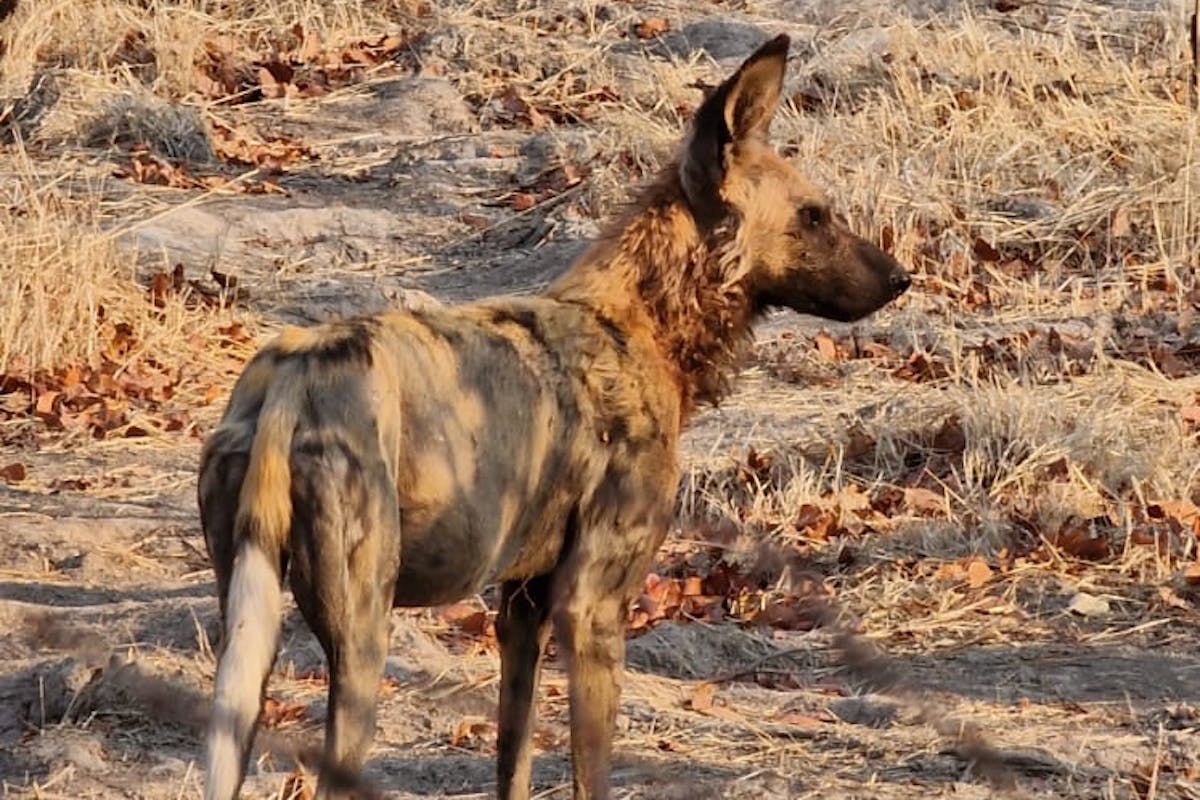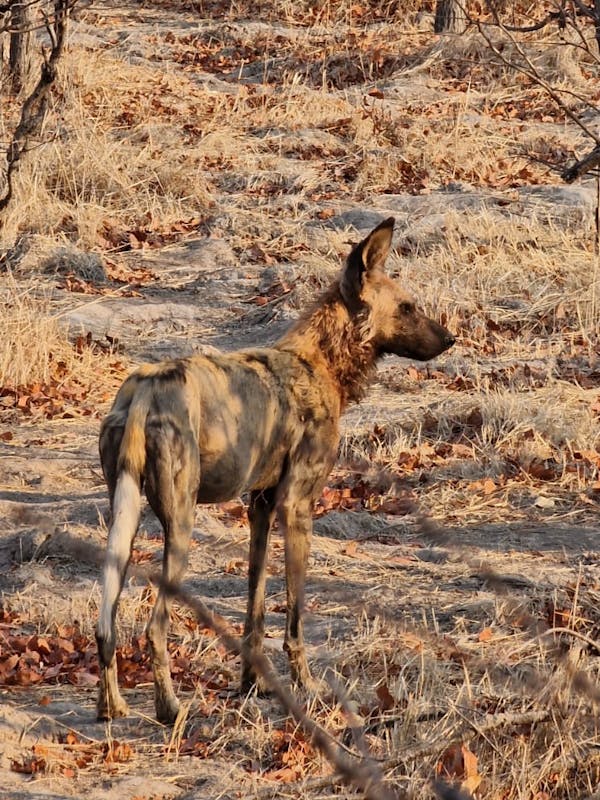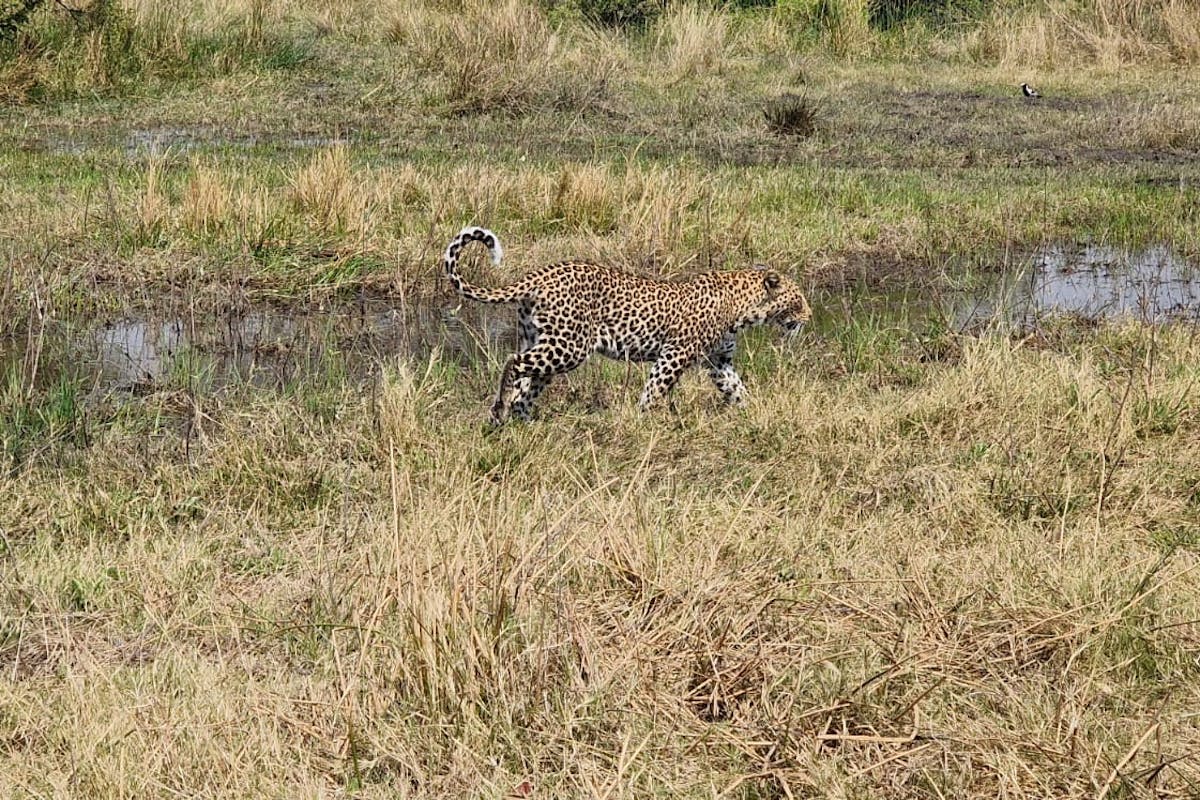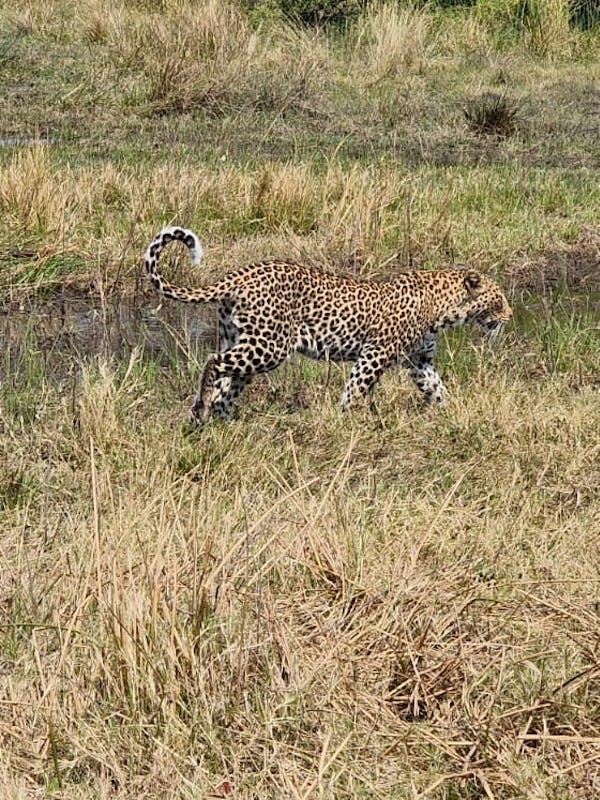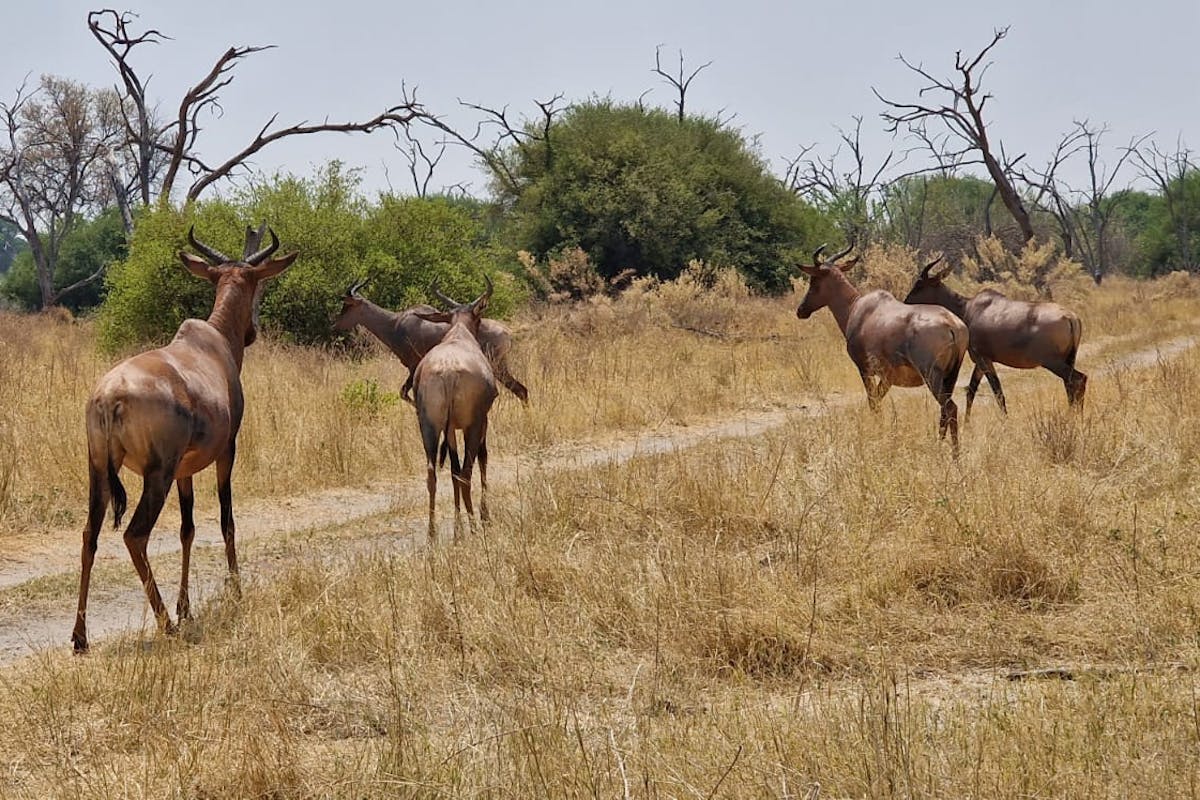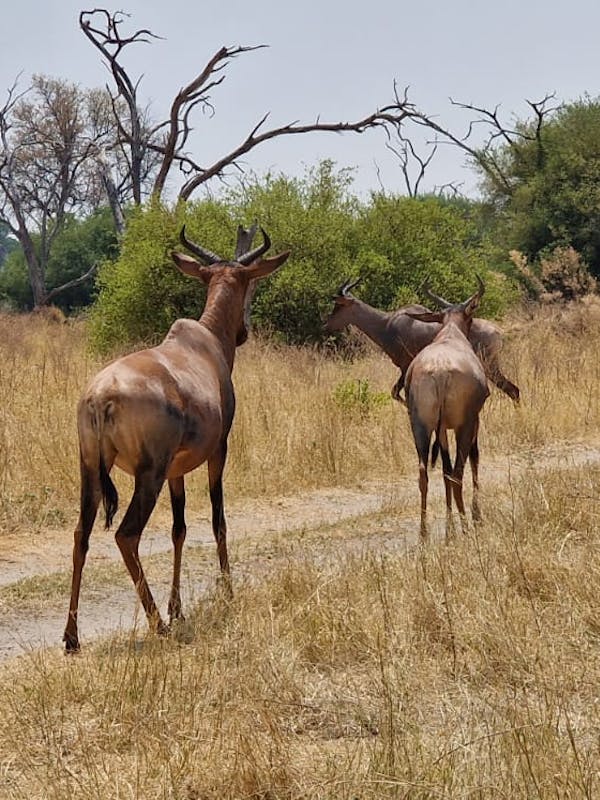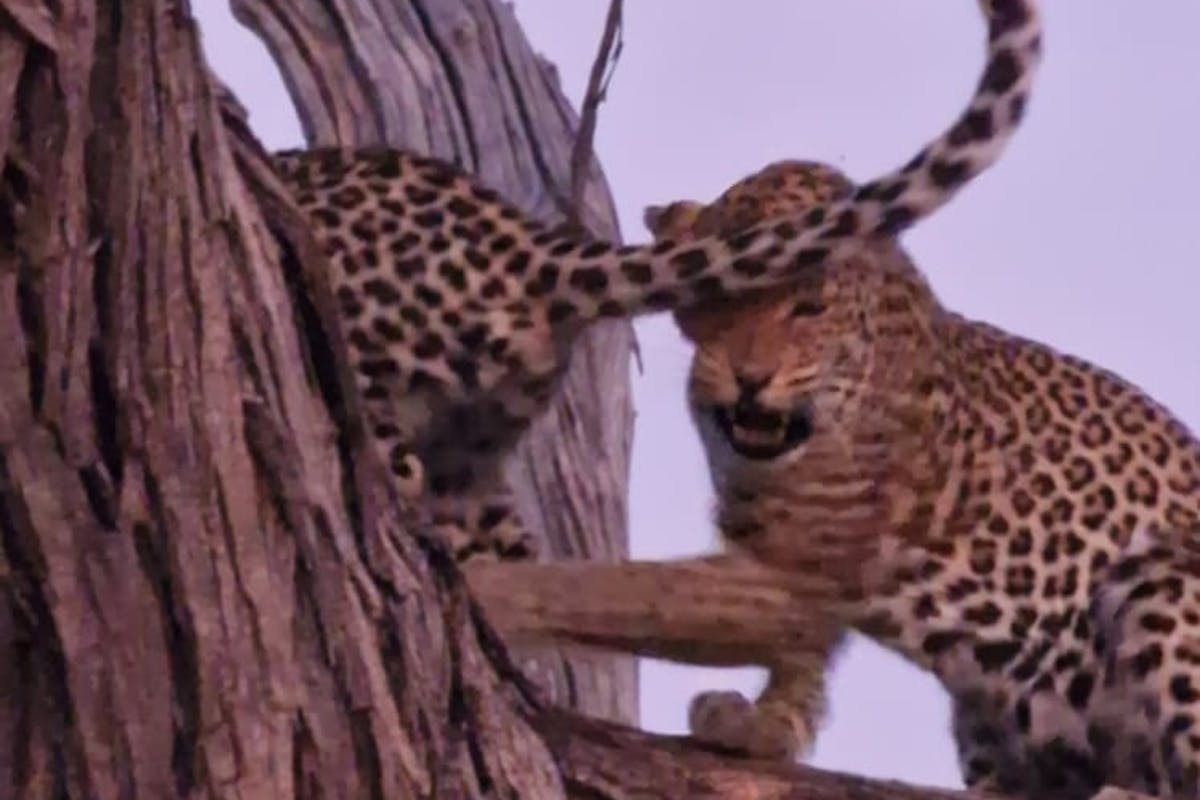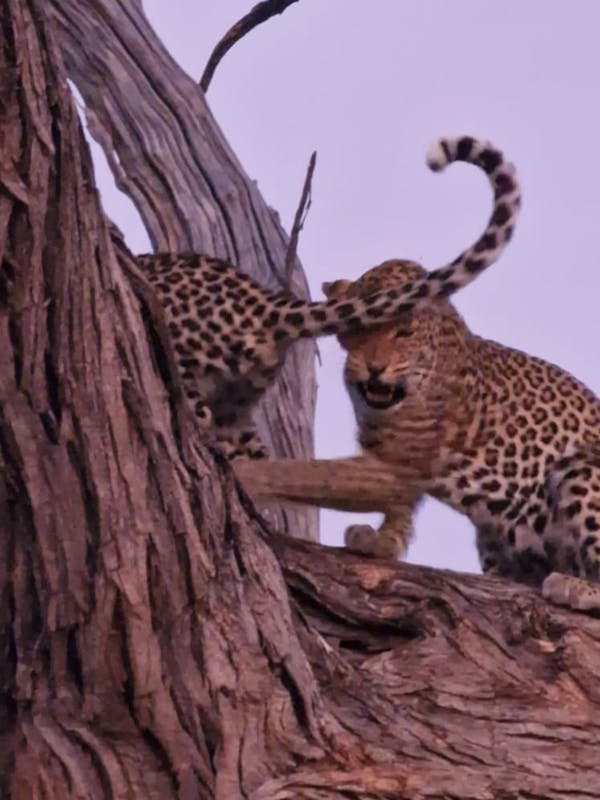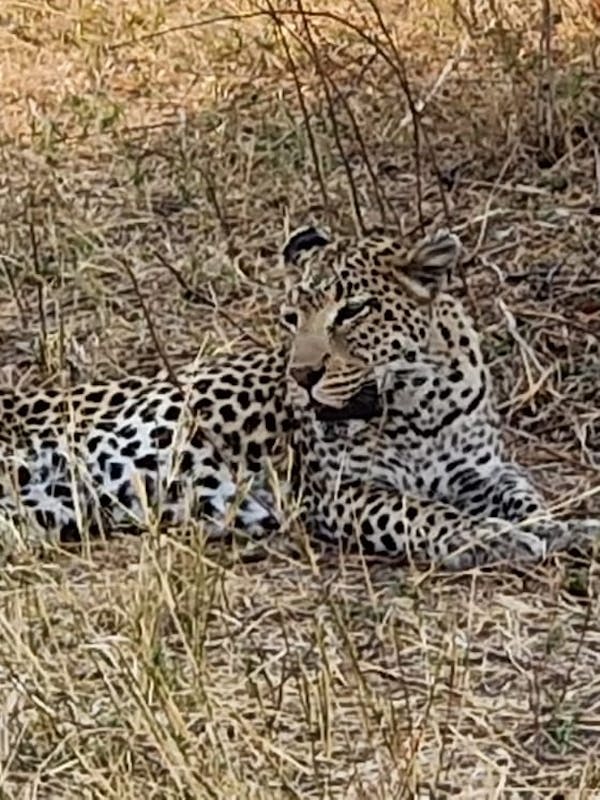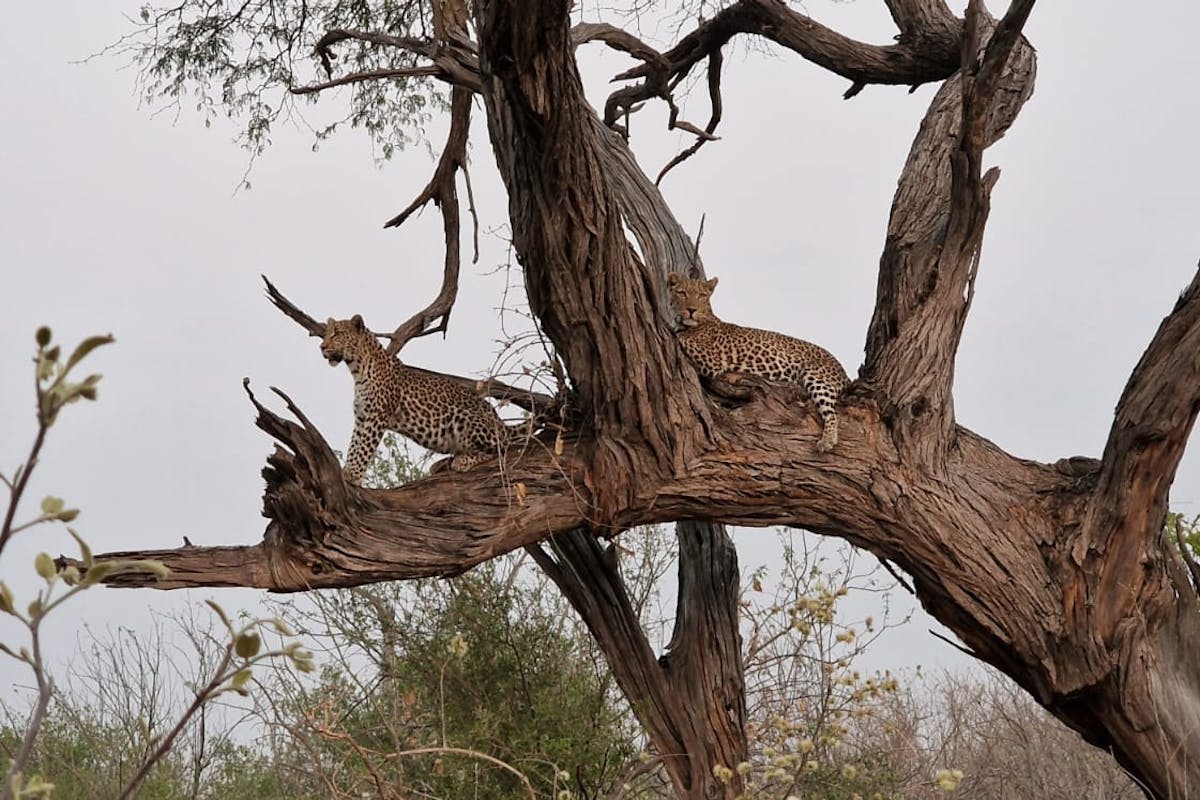
Right now I’m on a gap year between my Bachelor's and my Master's. I’m from the Netherlands, and I didn’t want to waste my gap year just sitting on the couch, drinking beer, feeling like I hadn’t done anything. I wanted to do something close to me and meaningful. I always loved travelling, exploring and animals, so I started looking around at different options. Just through searching online, I found African Conservation Experience. I’m studying psychology, and my study revolves around people’s health, and mental health, but when I saw the pictures of animals I immediately got excited because my biggest connection to my grandad, who unfortunately passed away a couple of years ago, was through animals, nature and birds. So I dived deeper into my search and came to African Conservation Experience. I just started looking through the different projects and immediately noticed I got very excited and very happy about the idea. So yeah, without diving too much into the actual projects, I just gave my details and all of a sudden I had an appointment a couple of days later. From there onwards, through the telephone call, I planned my trip. While talking with you I found out what I wanted to do, what I didn’t want to do, what was close to me… stuff like that.
It’s been a fantastic experience! When I first arrived in Botswana, the first thing I noticed in September was that it was very hot, so I was dressed well for that – for the plane trip, not so much, in shorts and just a T-shirt! The team were waiting for us, and we got our things and we were off! It was about a two to two-and-a-half-hour drive. It was a bit sandy at first and takes some getting used to, but then after about an hour / an hour-and-a-half, you cross a border. It isn’t exactly fenced, but it’s a border to keep the humans and wildlife separated, so you don’t get any human-wildlife conflict, which has increased in recent years, it seems. Once you cross that border you see the elephants and the giraffes, which was very nice and very special to see – not for the first time, but to see again. It’s a very different experience than seeing them online, in the zoo, or a nature documentary.
The camp was perfect for the experience. The project is called the Okavango Wilderness Project. These tents were quite spacious – you could stand up in them, even me being 1m 90cm! That was nice. There were two beds and a small table for your stuff. Yeah, it was really nice you had actual beds! There was an ablution block with running cold water for showers, so you could wash your hands and stuff, and the flushing toilets were clean. You had this fire which had this boiler on top, like a drum on top of it, in which you could put a lot of water in and heat it, so you could take warm showers. They called it a donkey system/boiler.
There was a lodge, about one-and-a-half kilometres away, but apart from that, you’re completely in the wild, which was a fascinating experience! In the beginning, I thought seeing a hornbill was very special but after three weeks of being there you learn it’s not that special – you see them everywhere! On the first night, there was a scorpion, quite a big one, and on the second night, a hyena walked past our camp while we were eating. It was a reminder that you’re not in your city back home – you’re in the wild, now! I’ve seen so much, but I think the first moment of seeing that hyena on our second night, while eating in the camp, with it only being a few metres away from my tent, was really special.
That’s as wild as it gets!
During the Okavango Wilderness Project, we met Dr Christiaan Winterbach and he gave us a presentation on what the project was about and what they had discovered in the last 10 years. His presentation was so interesting and he was so knowledgeable about things that fascinate me – like the entire ecosystem and how the dry season doesn’t necessarily mean there are fewer grazers and it could mean different things, and the effect of carnivores and how a lot of carnivores are the sign of a healthy ecosystem.
I’ve learnt so much, including about habitats – which animals go to which habitat. So for example, in the dry area, you’ll see a lot of steenboks and giraffes, while in the wet areas, you see more impalas as they’re more water-dependent. I learnt a lot about where lions live, and how hyenas steal dens from badgers and not create their own. I believe our tracker had some kind of superpower because it was insane with the tracks he could see – not only identifying which animal it was but also how old they were and their gender. It was amazing! I learned the difference between lion and leopard tracks, which are both cats, and hyenas and wild dogs which are more closely related to dogs. It isn’t easy to identify between male and female species, but some animals are easier so you pick it up quite quickly – like impalas. If they have horns they are males! But with some animals, like hippos, it’s a bit more difficult. For example, hippos, most of the time, have marks on their bodies because male hippos fight a lot so they have all these scratches on the side of their body.
I also feel like my group may have been the luckiest group ever. During the last week, our guide was talking to some other people in Botswana and I thought I heard them mention a leopard. I thought “This is interesting” and started preparing my camera, and little did you know, 15 minutes later we saw a leopard track! It was very fresh, a sub-adult male leopard track, and we followed it, and there was the leopard! But that doesn’t come remotely close to the most amazing thing; about half an hour later we saw a female leopard drinking. We followed her for about 15 minutes before she disappeared into the bush. Then we saw a young female leopard, about two to three years old, who was just walking around. Then later that afternoon, when the sun was going down, we were alone in our vehicle and we saw the mother, the adult female, whom we had seen before, and she was calling out to her cub. Within five minutes later, the cub and her were together.
It was absolutely incredible! I have been on safari before and seen tracks but never the face of a leopard before and to see three in one day, two in the same place, was incredible.
So we followed them, but we were very cautious about it. We only moved when they moved – we stopped when they stopped. The guides were incredibly sensitive to the animals, especially the leopards – everyone wanted to see one as they’re so elusive, but they were very responsible about it. One time we saw them stalking a young impala and we decided to back off as, even I said, “I can’t imagine how difficult it must be for the leopard to hunt in this environment.” They almost have to depend on the night to hunt, but then during the night the hyenas and lions are active, and they’re much higher than the leopard in the hierarchy and often chase the leopard away!
We followed the mother and cub for a while, across quite rough terrain with a lot of branches, and then stopped at this tree, and before you knew it – they were up in the tree! We stayed there for about half an hour, just watching them.
It was so precious and even our guide and driver said that in all his years and experience of doing this, he had never seen something quite like this.

